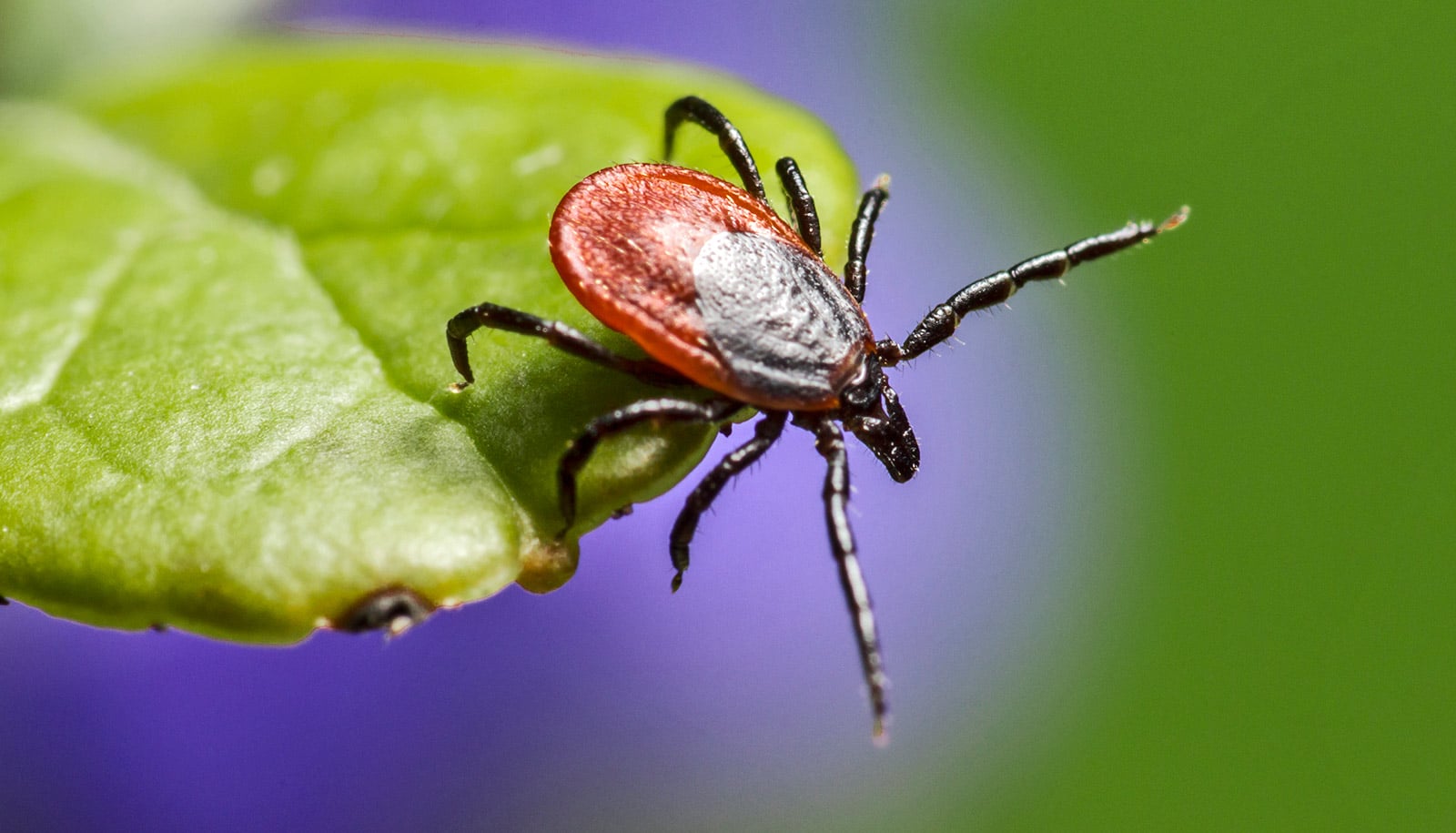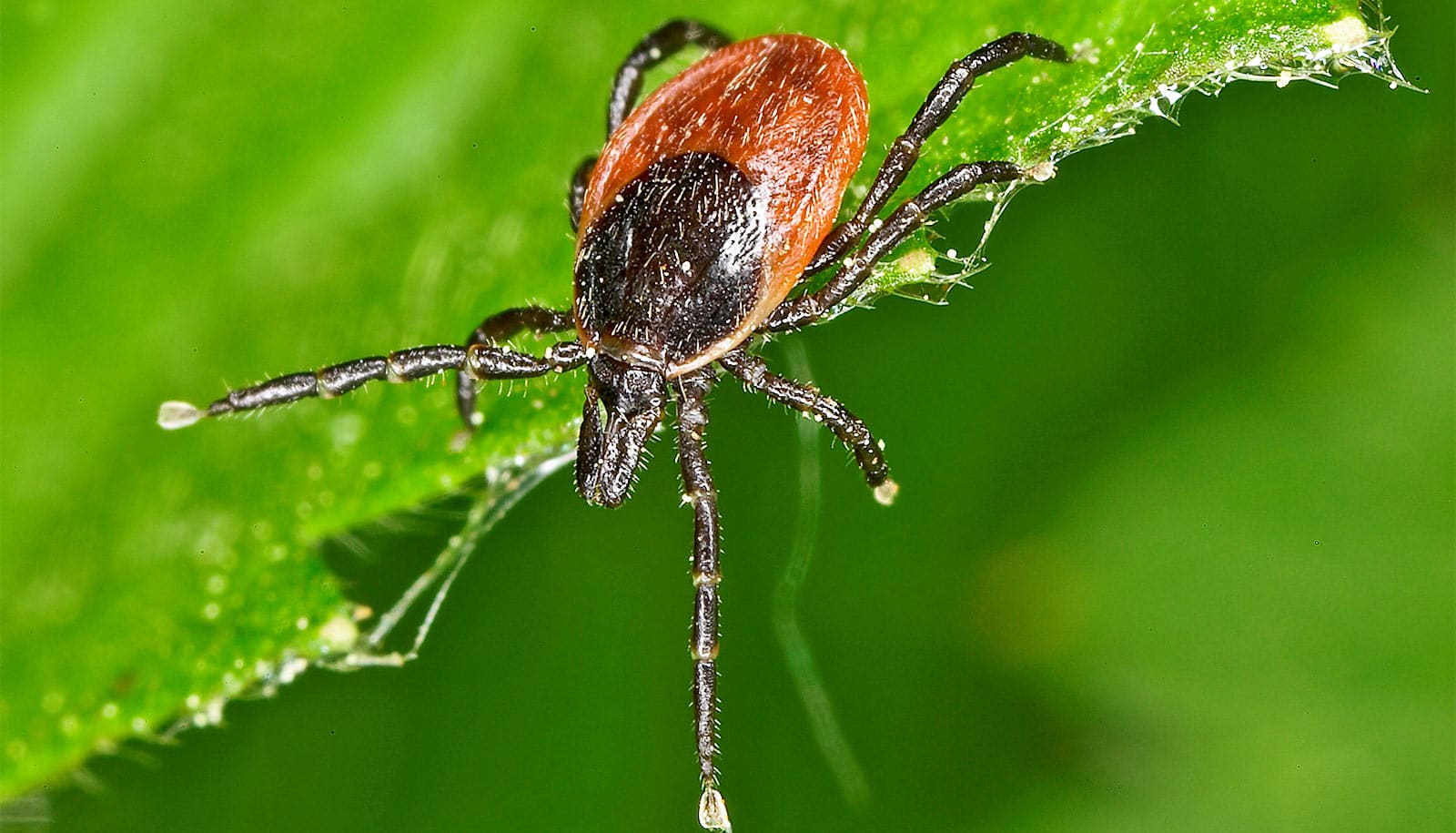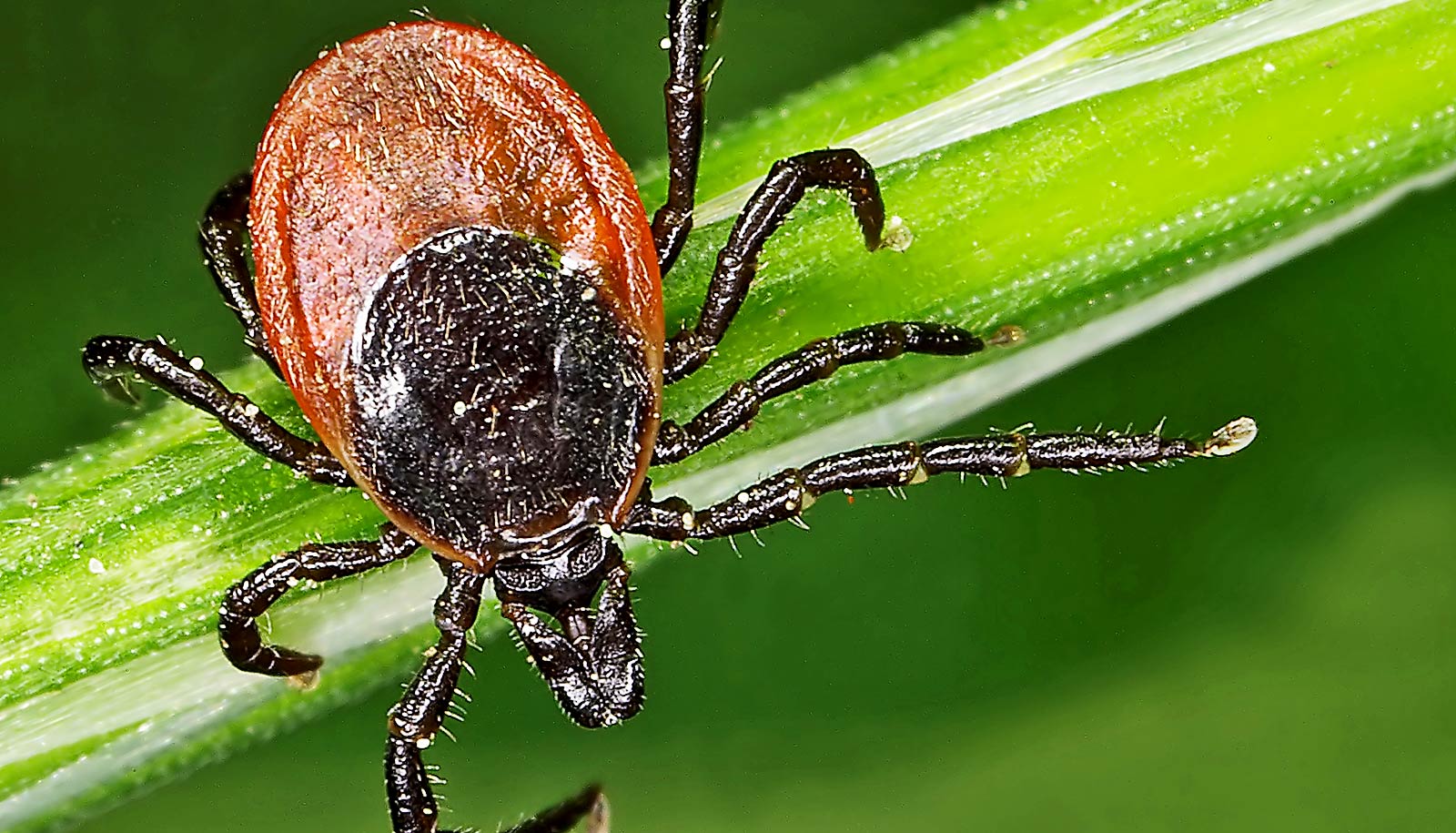Researchers have pinpointed a protein that appears to play a pivotal role in how a harmful bacteria that causes the disease anaplasmosis establishes itself in ticks before being transmitted to human hosts.
Examining the zoonotic tick-borne agent Anaplasma phagocytophilum, researchers identified a protein secreted by the bacteria that is essential for its survival and spread in tick cells.
The findings in the journal mBio hold the promise of a deeper understanding of how these bacteria persist and spread within ticks, potentially opening avenues for strategies to prevent the transmission of other tick-borne diseases to humans and other animals.
“If we can unravel the mechanisms at play here, we might be able to block this protein and stop ticks from spreading the bacteria to people—we could break that whole transmission cycle,” says Jason Park, the study’s corresponding author and an assistant research professor in Washington State University’s College of Veterinary Medicine.
Ticks pose a significant and growing threat to humans and livestock in the United States and elsewhere. Prior research into these bacteria has predominantly concentrated on mammalian hosts while limited attention has been given to understanding how the pathogen thrives and propagates within ticks.
Anaplasma phagocytophilum is the causative agent of anaplasmosis, a disease transmitted to humans through tick bites, primarily from the black-legged tick and western black-legged tick. While treatable with antibiotics, the disease can induce symptoms such as fever, headache, chills, muscle aches, and sometimes, severe illness.
During the past two decades, anaplasmosis cases have been on the rise in the US, increasing from 348 in 2000 to 5,655 in 2019, according to the Centers for Disease Control and Prevention. Park suspects many cases go unreported.
“It has just continued to become more common,” he says. “It’s kind of under-diagnosed and under-recognized, and it’s an increasing threat.”
Ticks contract the bacteria when feeding off an infected animal. Inside a tick, the goal for the bacteria is to get past the digestive tract and infect the salivary glands, where it will accumulate and await transmission into the next mammal the tick feeds on, perpetuating the cycle.
The researchers observed that the bacteria employ a specific secreted protein, AteA, to inject and reprogram host cells in ticks. Secreted bacterial effector proteins are able to target and manipulate host pathways to benefit the pathogen. In the case of AteA, it is essential for the bacteria’s survival in ticks by interacting with cortical actin, the structural scaffolding of the host cell.
“We’re still in the process of characterizing exactly what the protein is doing, but our research has already shown it to be the first secreted protein specifically important for ticks,” Park says.
Once the bacteria reach a mammal host, the protein no longer seems to play a role, suggesting AteA is specifically adapted for tick interactions. The researchers anticipate there are proteins in addition to AteA that contribute to the bacteria’s survival in ticks.
Park is now exploring how the bacteria regulates expression of proteins such as AteA during both mammalian and tick infections and how they distinguish between their two hosts.
“How does the bacteria know it is in the tick versus a mammal?” Park says. “The bacteria can sense that, so there’s some genetic switch.”
Park was recently awarded a grant from the National Institutes of Health to continue his research into the development of methods to impede the bacteria’s proliferation within ticks.
“Instead of trying to treat a person after they’re infected with Anaplasma phagocytophilum,” he says, “we can make it so the ticks can’t spread the bacteria.”
Source: Washington State University



